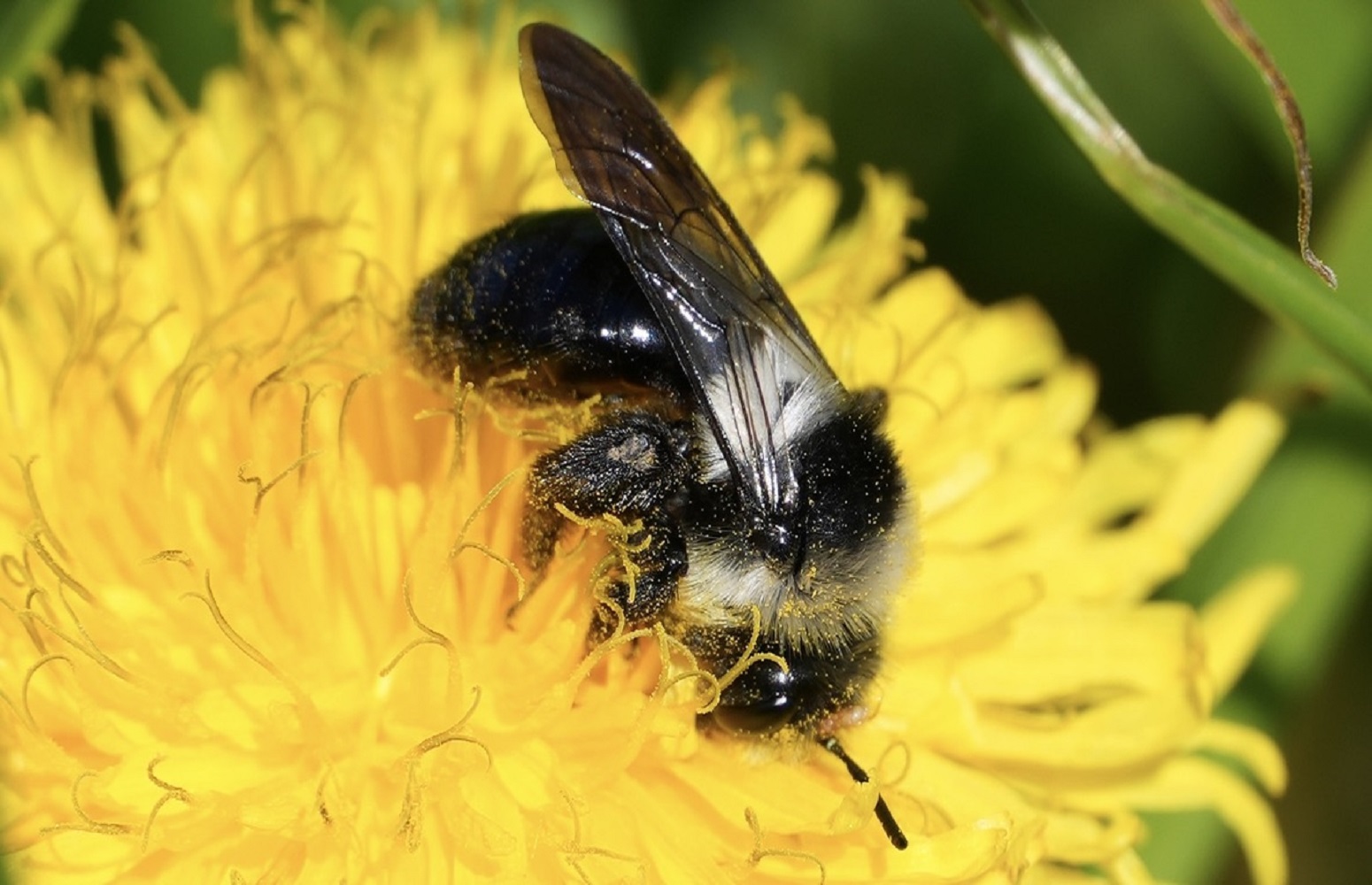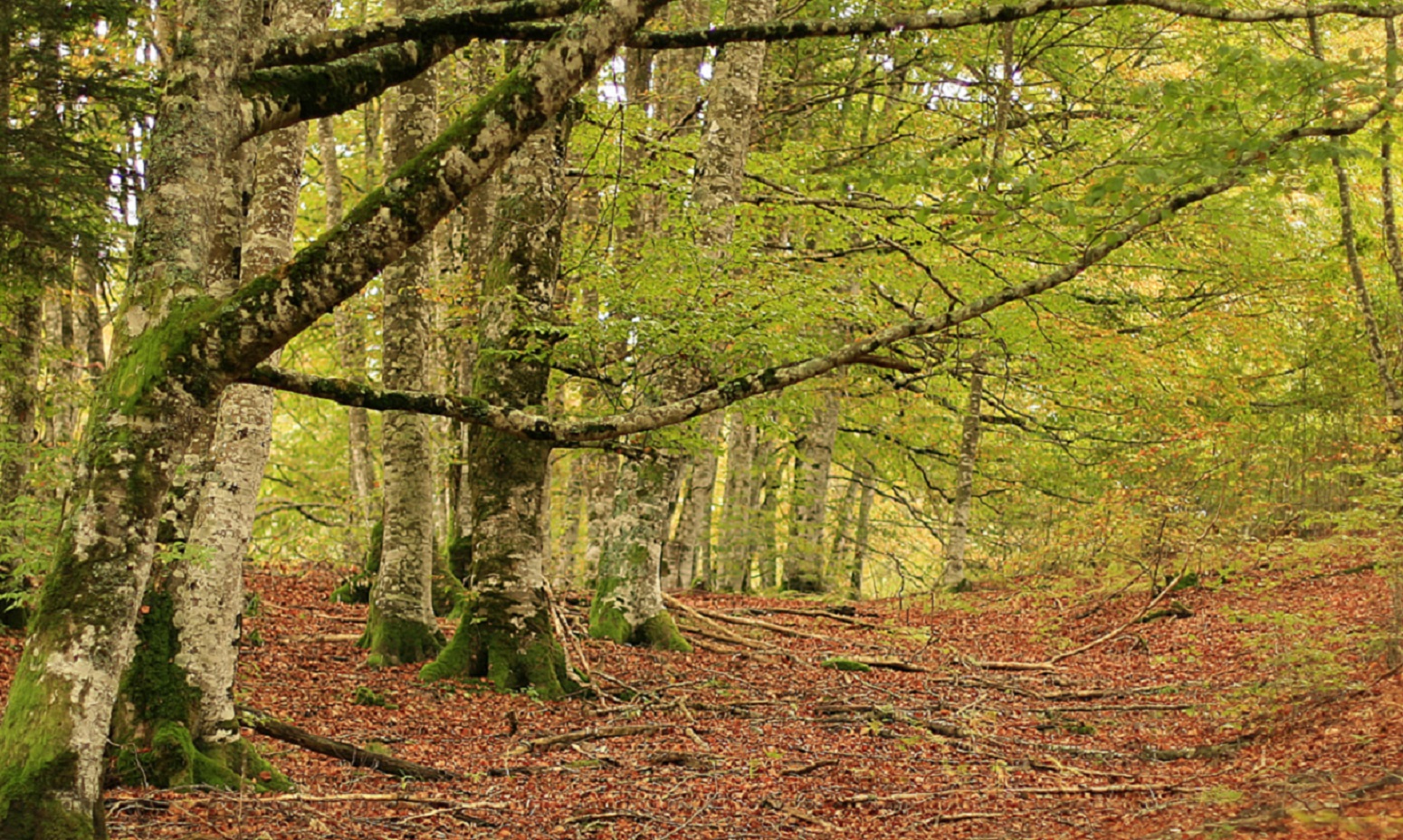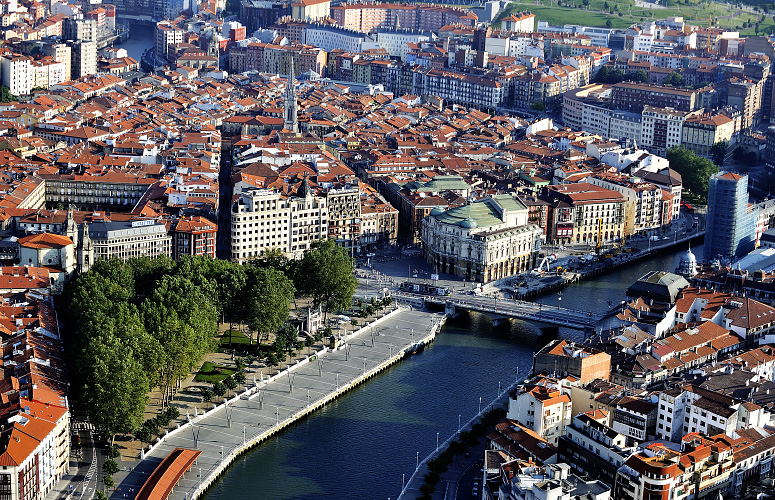In order to specify concrete objectives in future planning processes, a study by the UPV/EHU’s Department of Plant Biology and Ecology has specified an index that can be used to assess mismatches between supply and demand in three ecosystem services (runoff retention, air purification and cooling) provided by various urban green and blue spaces. The results of the methodology applied in Bilbao indicate that priority should be given to the Abando and San Francisco suburbs.
-

Eco friendly, inexpensive system for storing high-power energy from pine biomass
-

Pollinator diversity in urgent need of protection to ensure ecosystems function properly
-

Toxic chemical pollutants detected in lichens and mosses in the Irati forest
-

Presence of potentially toxic microalgae confirmed in La Concha Bay
Measuring mismatches between ecosystem service supply and demand in Bilbao
A study by the UPV/EHU-University of the Basque Country proposes an index to prioritise areas and actions for improving urban green infrastructure
- Research
First publication date: 20/05/2021

Urban ecosystems contribute towards reducing the impacts and pressures associated with urban development. Since urban societies are moving away from the natural ecosystems on which they depend, urban ecosystems are becoming more important than ever for people's well-being, and green infrastructure -comprising urban green and blue spaces- is also having significant implications for the future of cities because it is an important bridge between nature and people. Green infrastructure is defined as a strategically planned network of natural and semi-natural areas with environmental features designed and managed in such a way that a wide range of ecosystem services (benefits that people obtain from nature) can be delivered.
“Beyond providing us with spaces for leisure and recreation, due to the feeling of well-being generated by being near a green area, urban green infrastructure also provides important ecosystem services, such as air purification, urban temperature regulation or runoff retention," said Beatriz Fernández de Manuel, a researcher in the Department of Plant Biology and Ecology of the UPV/EHU and at the UNESCO Chair on Sustainable Development and Environmental Education. “By managing green spaces, parks and 'more natural' areas in urban areas better, the quality of life and well-being of the people living in these cities can be improved."
On the whole, impervious urban surfaces favour surface runoff resulting from rainfall; however, urban green spaces with dense vegetation cover have a higher capacity for interception and infiltration, and provide natural flood prevention. In addition, these areas also increase the air purification capacity, as the vegetation cover influences the absorption, dispersion and/or deposition of pollutants. Vegetation can also reduce the air temperature in the surrounding environment by providing shade under the tree canopy and through the process of evapotranspiration during the day.
An index valid for all types of cities
A study by researcher Beatriz Fernández de Manuel proposes a new indicator of the effectiveness of urban green infrastructure based on the assessment of ecosystem services: "It is an index enabling the quality of green infrastructure that municipalities already have today to be assessed, or new green infrastructure elements in their urban planning to be earmarked." The researcher stressed the importance of prioritising the locations where this can be done: "Where should we intervene first? In which area of the city? Which suburbs are the most disadvantaged? Why are there more mismatches between supply and demand for services? This index is a tool for prioritising actions linked to urban planning."
The researchers analysed the mismatches between supply and demand of the three ecosystem services in Bilbao, in the context of urban suburbs, and "the results indicate that there is a clear mismatch between supply and demand for ecosystem services in the area of study", said Fernández de Manuel. The proposals for the areas in which to intervene and the type of intervention are already in the hands of Bilbao city council, but the researcher highlighted in particular the imbalances that exist in the Abando and San Francisco suburbs.
However, "the index can be applied to any suburb in any European or Basque municipality, because it is adjusted to suburb level. Within a city, the characteristics of each suburb may be different, and the population of each suburb must also be taken into consideration”. The researchers plan to "continue to study more services, because green and blue spaces in municipalities provide more than just three services: carbon storage, which helps to mitigate climate change, and the recreation service, which helps the people who live in the municipalities to relax, etc. We will continue to develop methodologies to assess all of them", she concluded.
Bibliographic reference
- A new indicator of the effectiveness of urban green infrastructure based on ecosystem services assessment
- Basic and Applied Ecology
- DOI: 10.1016/j.baae.2021.02.012

